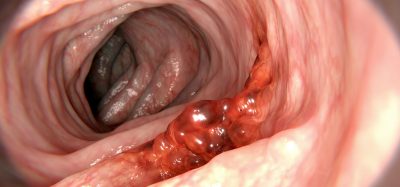Expert view: Single-cell sequencing in basic research and clinical applications
Posted: 13 September 2017 | Suvarna Gandlur (Takara Bio USA) | No comments yet
Next-generation sequencing (NGS) has greatly increased our understanding of biological phenomena and human disease. In particular, single-cell sequencing is one of the fastest-growing applications…
Analysis of whole populations gives an averaged response which can mask differences between individual cells. These cell-to-cell differences are critical in physiological responses and disease. Single-cell sequencing has improved understanding of cellular processes as commitment and cell fate during development, to identify transitional cellular states, characterise cell subpopulations in tissues, and discover new cell types.
The single-cell genomics field has been growing rapidly, and besides basic research there is a strong desire to take single-cell applications into the clinic. Single-cell analysis could help us to understand intercellular variabilities and connections to development and disease progression, and the interactions with the environment such as diet or drug treatment. In cancer research, single-cell analyses can allow an understanding of how the microenvironment affects tumour growth, identify markers to predict early transformation events, and evaluate heterogeneity in responses to treatments. Circulating tumour cells (CTCs) are one of the most desirable sample types to study in cancer biology and single-cell analysis tools are needed to study them. Other applications like single T-cell receptor (TCR) sequencing are also growing, especially in the translational research and drug discovery space.
As single-cell techniques move towards the applied fields, new technical challenges arise. Researchers need tools able to process real-life samples at a large scale. Many of these single-cell applications are done at a much higher throughput than individual tube reactions, driving the necessity for automation. Real-life samples often come in minute amounts and are of varying quality. Tools that are highly sensitive and can process degraded samples are thus crucial. Finally, there is need for management and interpretation of the tremendous amount of sequencing data generated to make it meaningful in clinical applications. Overall, streamlined, sensitive, reproducible single-cell techniques that are scalable are required as we look forward into the future.
Also featured in this NGS In-Depth Focus:
NGS: empowering infectious disease research beyond reality
Pushpanathan Muthuirulan (National Institutes of Health), Pooja Sharma (Catholic University of America)
How next-generation sequencing is opening the door for drug discovery
Kim Judge (Wellcome Trust Sanger Institute)
Related topics
Drug Discovery, Next-Generation Sequencing (NGS), Sequencing, Translational Science
Related organisations
Takara Bio
Related people
Suvarna Gandlur







